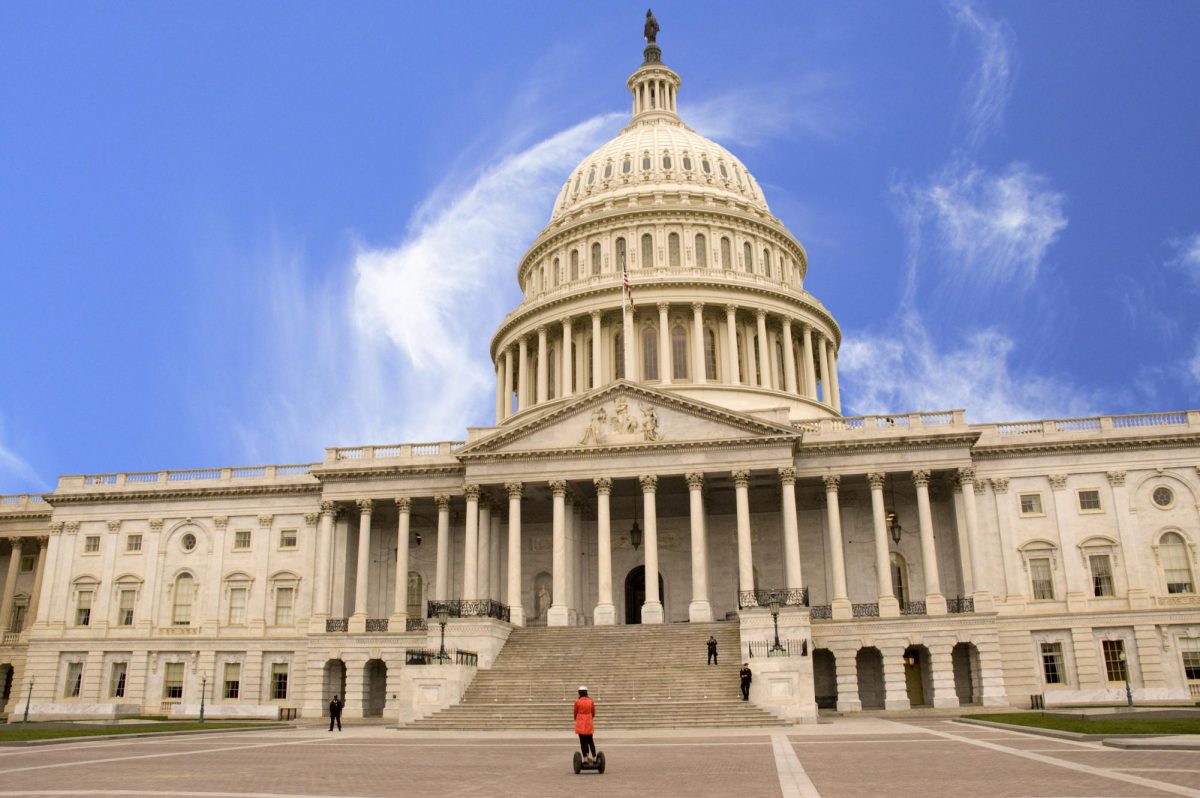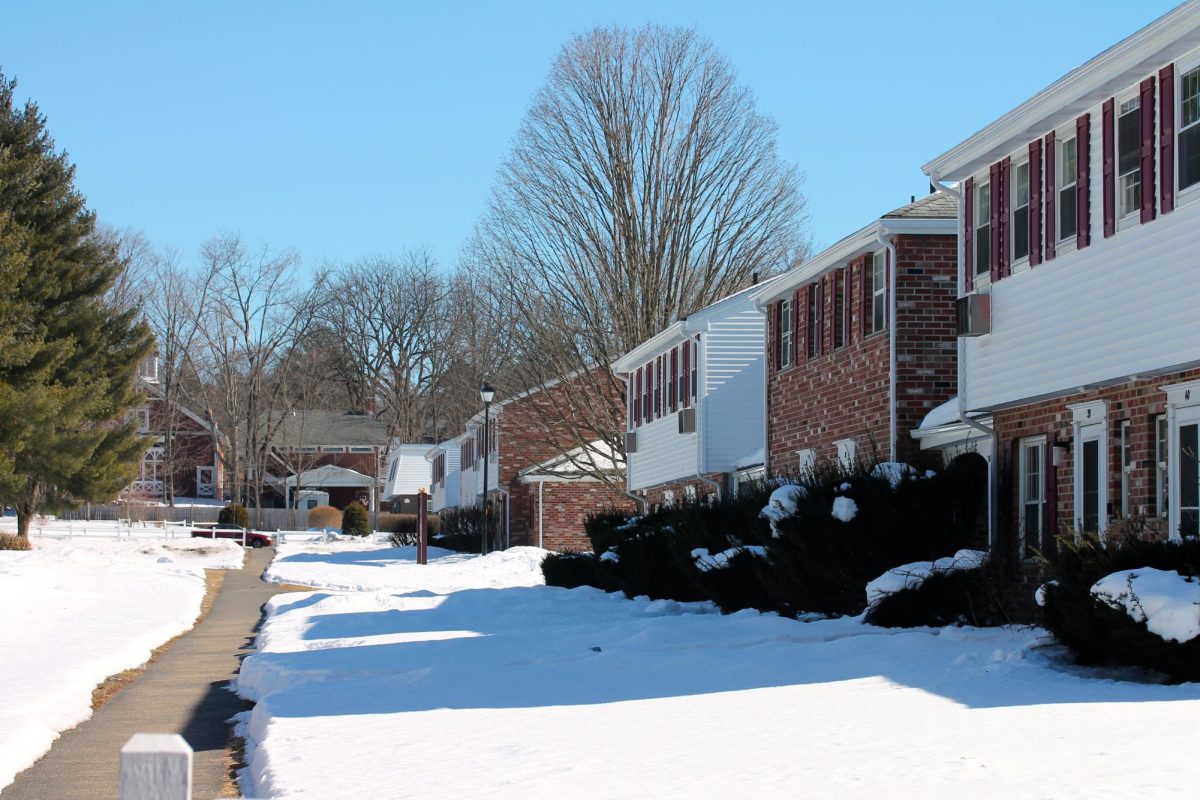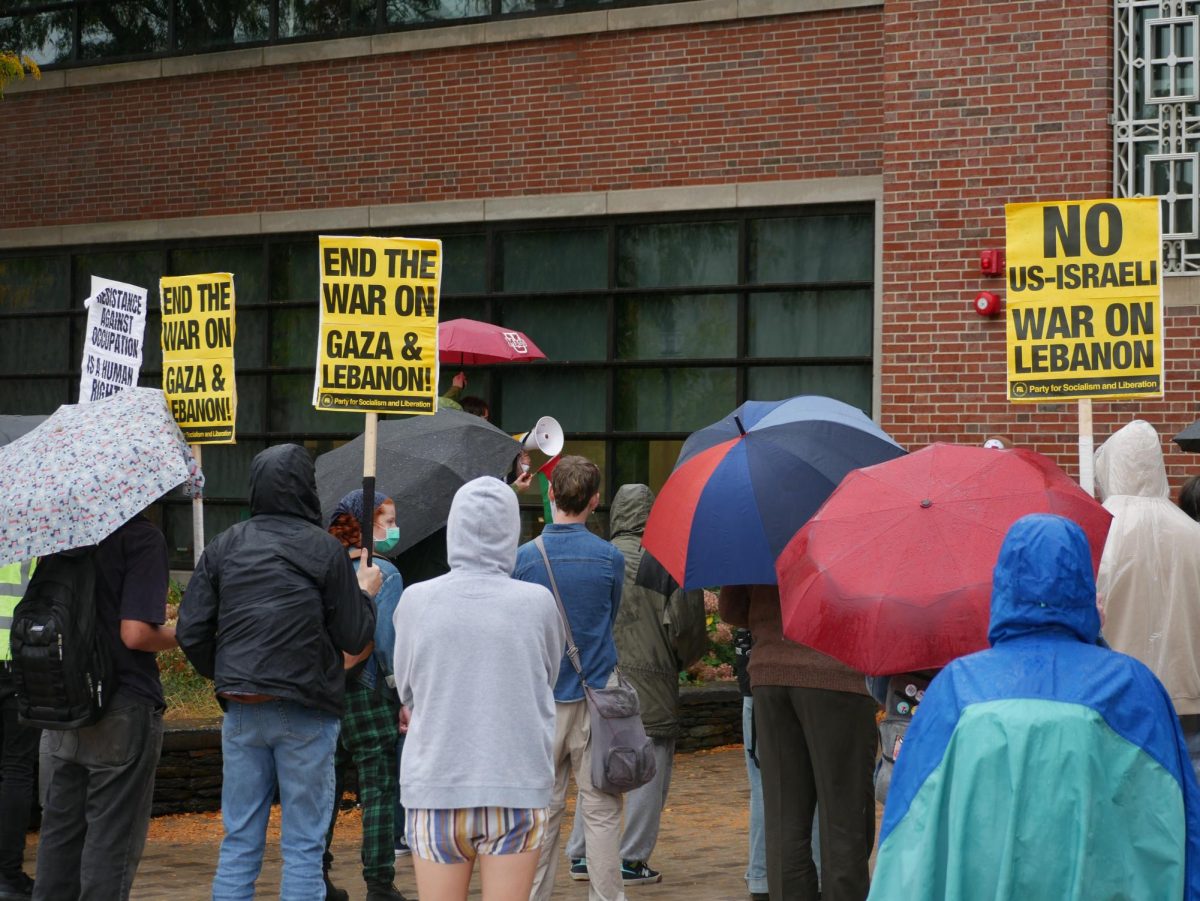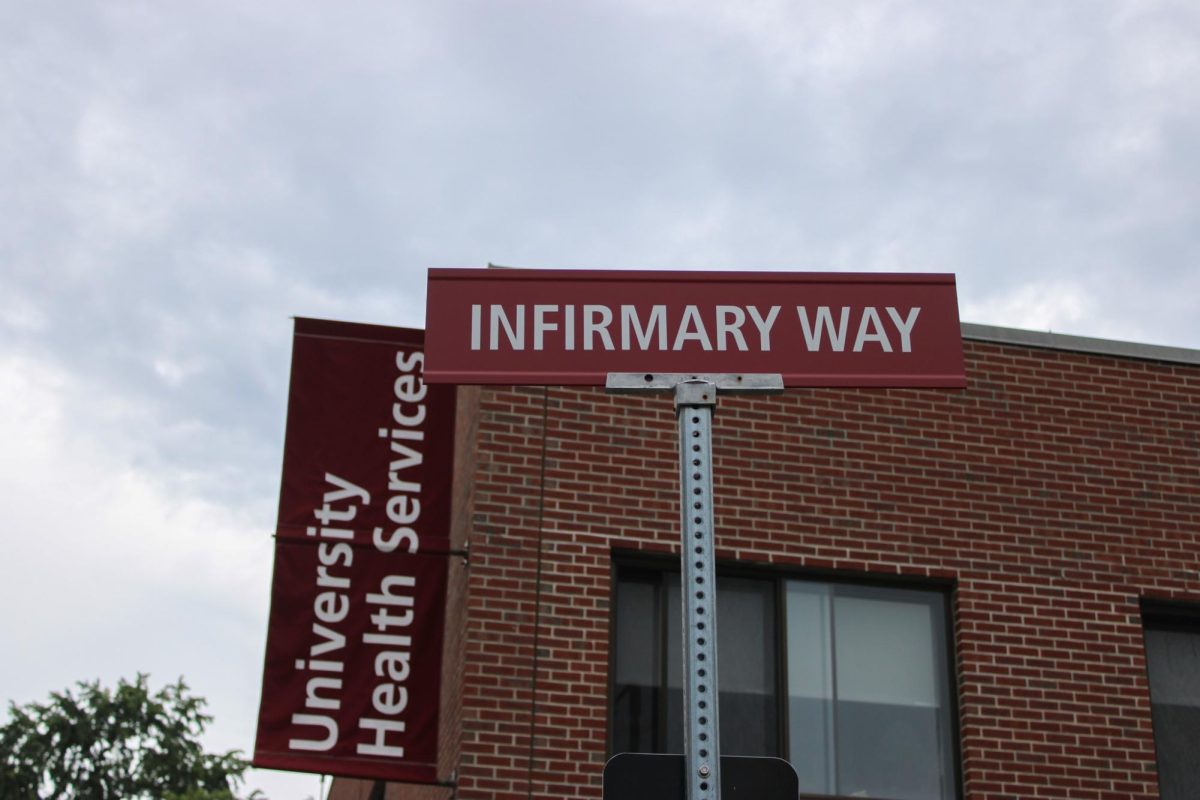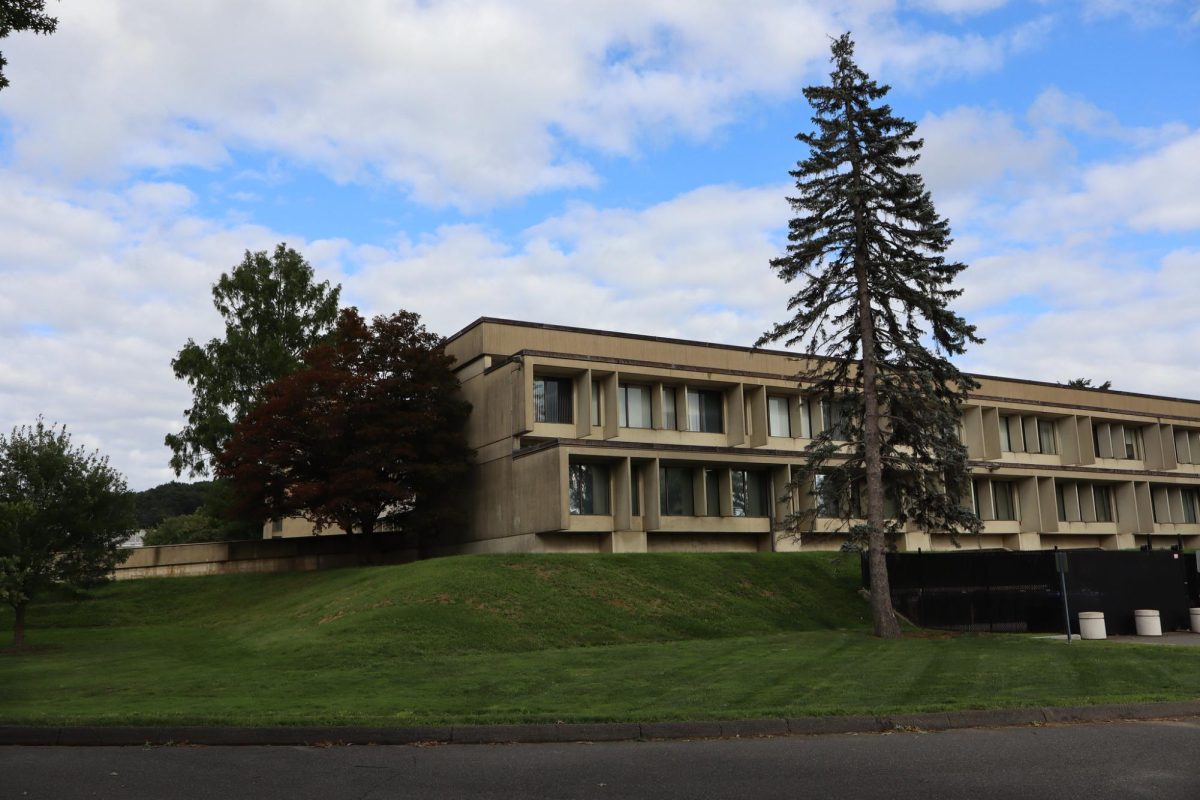While in high school, I would watch Patriots games at my friend’s house. His dad would watch the games with us, and when a black player ran with the ball, he would often yell “He’s running like he just stole a TV!” When a white player was making a similar play, he would yell “He’s running like the store owner!”
The assumption he made is obvious: blacks are likely to be criminals and wards of the state, while whites are likely to be honest, hard working tax payers. This assumption may be ignorant and racist, but it’s easy to understand why many believe it as blacks statistically have higher rates of poverty and incarceration.
There are several ways to explain such racial disparities. The conservative, “personal responsibility” belief contends individuals are responsible for their life situation, and if people work hard enough, they will succeed. Under this idea, the 24 percent of blacks and 10 percent of whites cited by the US Census Bureau as living in poverty in 2006, are only in that situation because they are lazy.
But this “personal responsibility” claim cannot explain wealth differences between blacks and whites. According to “Black Wealth/White Wealth,” a book by sociologists Melvin Oliver and Thomas Shapiro, blacks earn 70 cents for every dollar earned by whites but possess only 15 cents for every dollar of white wealth.
Individuals have some control over their present socio-economic condition, but they cannot alter history, which has placed severe restrictions on blacks’ ability to accrue wealth.
Some people scoff at this notion, erroneously believing 1960s Civil Rights legislation instantly made blacks and whites equal citizens in all respects. Official segregation was made illegal, but de facto segregation – which is even more pernicious, as it is harder to identify and understand – continues to flourish today.
De facto segregation can be seen when comparing Boston with Belmont, a suburb 10 miles away. In the 2000 Census, Boston had a median family income of $44,000, where 20 percent of individuals lived below the poverty line; Belmont had a median family income of $95,057, where only 4.4 percent lived below the poverty line.
A large racial disparity mirrored this income disparity: Belmont’s population was 1.1 percent black while Boston’s was 25 percent black.
How did these places, separated by only 10 miles, develop such extreme racial and income differences? The answer lies in the segregated growth of suburbs at the expense of cities, which began in the 1930s and continues today across the country.
Suburbs are a relatively recent phenomenon. They grew with home ownership rate, which increased significantly after the federal government started insuring private mortgage loans during the New Deal, making it cheaper to buy a house.
These loans were only available for whites.
The Federal Housing Administration’s 1938 Underwriting Manual said “if a neighborhood is to retain stability, it is necessary that properties shall continue to be occupied by the same social and racial groups.”
The era’s conventional wisdom said blacks decrease property values, meaning they were almost always denied financing for a suburban house. The government outlawed housing discrimination in 1968, but the practice still continues today, which explains the continued existence of Fair Housing centers.
Thus whites, recipients of cheap government insured mortgage loans, left cities for newly built homes in the suburbs as the country experienced a post war real estate boom. According to historian Robert Self, 99 percent of this new housing went to whites from 1930 to 1952.
Cities shrank while the suburbs boomed. Cities steadily lost population, capital and jobs throughout the post war years to lucrative suburban markets, leaving fewer opportunities for blacks who could not leave. This is how the ghettos of today were created. For children growing up in severe poverty with little opportunity, the deck was, and is, stacked against them.
Reducing poverty has been an excruciatingly slow process. In 1966, 41.8 percent of blacks lived below the poverty line, which dropped to 24.3 percent by 2006. This is a far higher poverty rate than the 10 percent of whites who live below the poverty line, especially considering whites comprise 70 percent of the population and blacks only 12 percent.
Persistent poverty levels and de facto segregation cause many urban school districts to underperform. Last year the state average graduation rate was 85 percent; Boston had a 60 percent graduation rate, while Belmont had a 93 percent graduation rate.
Lack of education, poverty and high unemployment rates – currently 15 percent of blacks, nine percent of whites – induce many blacks to turn to the “underground economy” of crime and drugs, resulting in high incarceration rates. In 2008 there were 727 white male inmates per 100,000 white males and 4,777 black male inmates per 100,000 black males.
Blacks are also more likely than whites to lack health insurance, 19 percent to 11 percent, leading to higher rates of disease compared to whites. Blacks are twice as likely to have diabetes, 30 percent more likely to die of heart disease and 60 percent more likely to die of a stroke.
Although unequal distribution of wealth is the largest disparity between blacks and whites, redistributing wealth is not the answer. Instead opportunities for education, health care and housing needs to be redistributed.
For example, Boston Public School students do not have the same educational opportunities as Belmont Public School students. To erase this inequity, more teachers should be hired for the lowest performing school districts, and they should be paid higher salaries. Also, state colleges and universities should be completely free for qualified students coming from poor families. Education is the most cost effective way to raise incomes, living standards, etc., but is useless if those who need it most cannot take full advantage of it.
Finally, blacks deserve access to better quality housing. Last year, 36 percent of blacks were denied a mortgage application, while only 13 percent of whites were. Black homeownership rates have increased in recent years with the help of government programs through Fannie Mae and Freddie Mac, but too often blacks had to settle for predatory loans. In a 2003 federal survey of 331 metropolitan areas, sub prime loans were more prevalent among blacks in 98 percent of these cities, proof that again the government failed to serve the needs of America’s black community.
The government insured millions of cheap loans to middle class whites after World War II so they could buy a house and live the American dream. The government denied these same dreams to many others based on skin color. Liberty and justice for all? I have a feeling some people would disagree.
Chris Russell is a Collegian columnist. He can be reached at [email protected].


